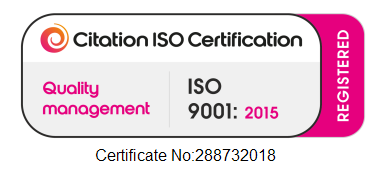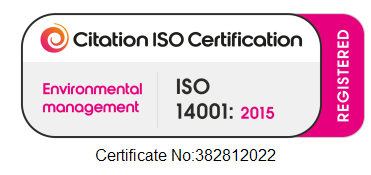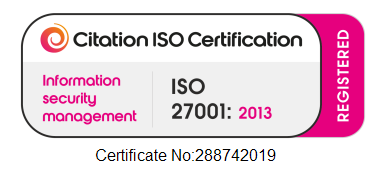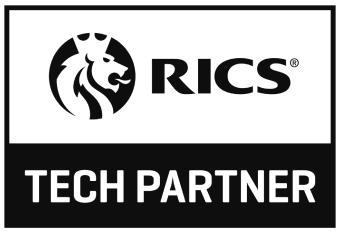
Preserving Belfast's Heritage: The Art of Blending Old and New Architecture
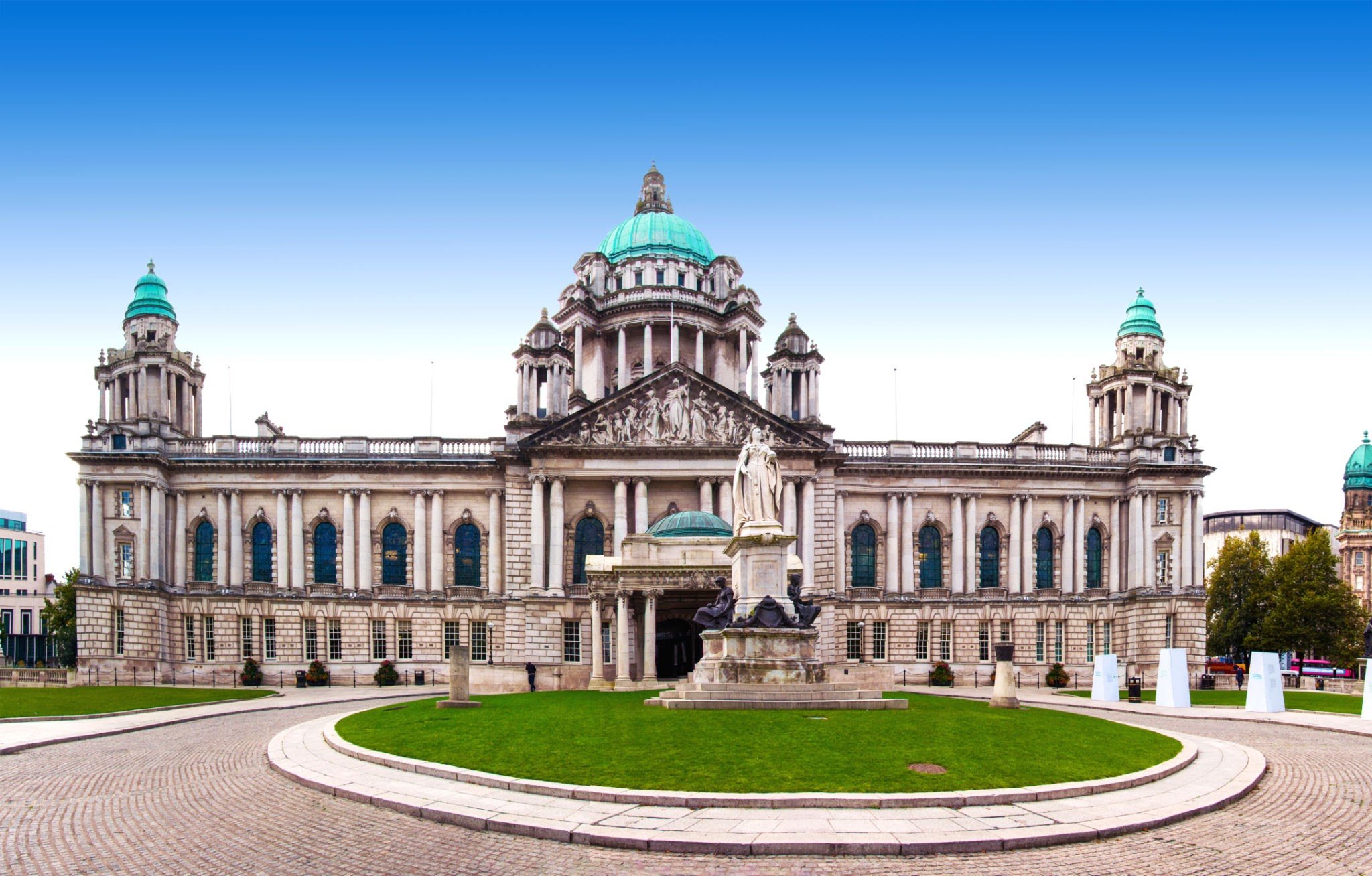
Belfast’s built heritage is remarkable, its character historically endowed with fine architecture and urban form. From its elegant Georgian centre to the more robust vibrancy of the Victorian and Edwardian industrial growth spurt, spreading from the centre out to the docks and the surrounding countryside, the 19th century saw Belfast’s population grow five-fold within a hundred years.
Its post-war, post-empire, post-industrial, politically troubled times may have seen substantial decline and radical new developments arrive, but this transition, and the years after the Good Friday Agreement, have seen an array of new opportunities open up across the city from the waterside to the centre, and out to the city’s suburbs and the periphery.
Dynamic city, regional, and national initiatives have attracted avid interest from national and international investors and seen major mixed use regeneration proposals blossom – all of which must be set within the city’s iconic architectural heritage.
It’s not a question only of ‘keeping in keeping’ but of finding a way to complement and blend with the preserved cityscape’s architectural heritage. The mixing of preservation of the historic with sensitive introduction of the modern.
So, how can you blend new developments with the preserved architectural heritage?
|
Consider the visual impact of your design within the broader urban context. A 3D urban planning platform allows you to create virtual models that can be superimposed on the existing cityscape. This helps architects assess how their designs fit into the surrounding environment, ensuring that the new structures complement the existing ones seamlessly. |
|
Engage the local community and seek their input. Use a 3D urban planning platform to create visual representations of your design proposals, making it easier for the public to understand the changes and provide feedback. This inclusive approach can lead to designs that better align with the community's vision and concerns. |
|
Consider the integration of sustainable design elements, such as green spaces, energy-efficient features, and eco-friendly materials. A 3D urban planning platform can assist in visualising how these sustainable components will coexist with the existing urban fabric, helping architects optimise their designs for both environmental and heritage considerations. |
As made clear from above, navigating these sensitivities is made easier with 3D city modelling platforms. Platforms such as VU.CITY provide up-to-date information about the different parts of the city, its individual buildings and the spaces and places that are protected when designing and testing the impact of new proposals.
By leveraging a 3D urban planning platform, architects can enhance their ability to analyse, communicate, and refine their designs while remaining mindful of heritage and preservation. This technology provides a powerful tool for creating designs that seamlessly blend old and new architecture while respecting Belfast's unique historical character.
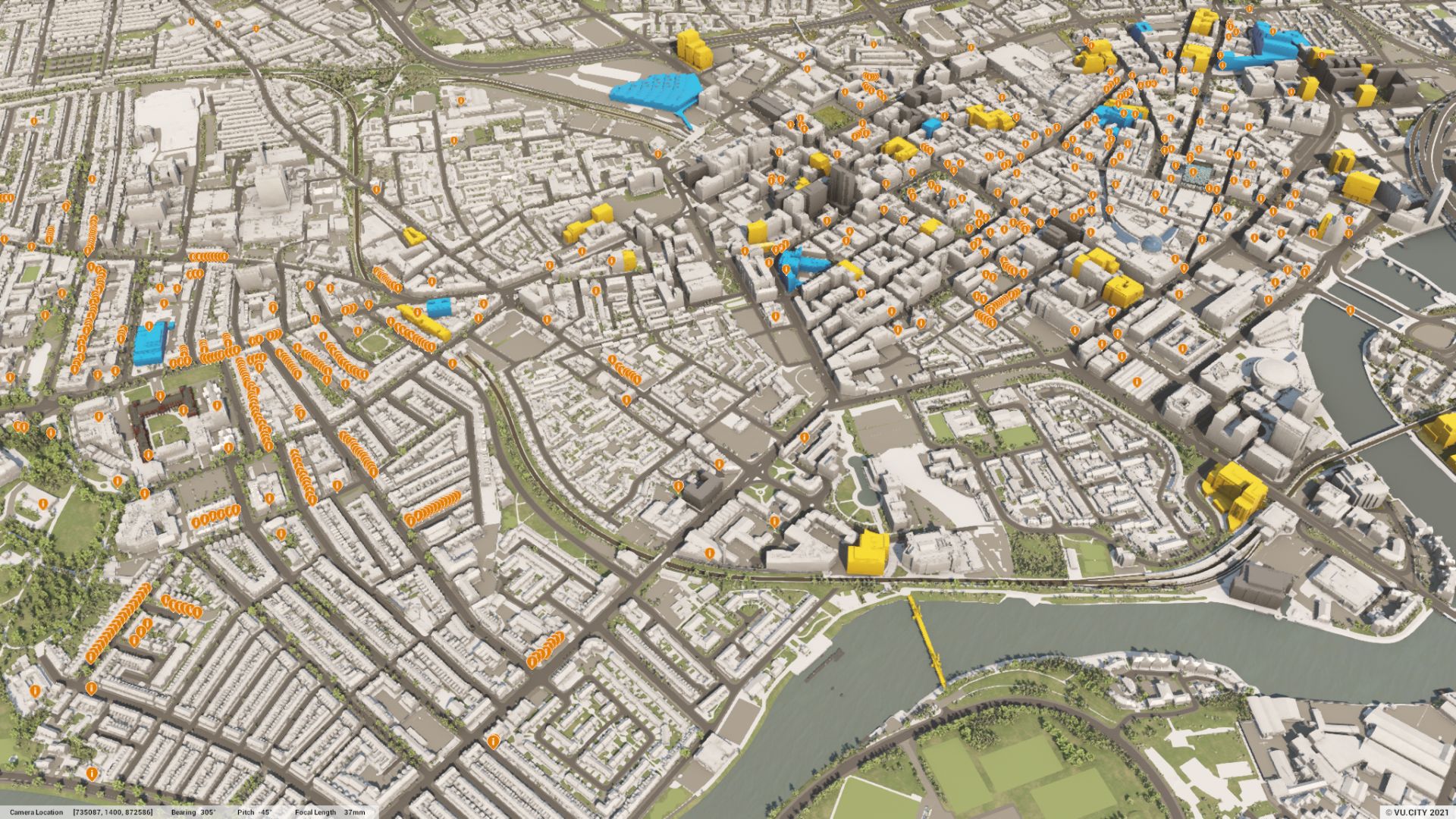
For example, Belfast City Council uses VU.CITY and is therefore conversant with visualisations of protected buildings and places. This information is also overlaid with the latest planning policies and socio-economic statistics, as they emerge and evolve, so that for the architect who also uses VU.CITY, it is relatively easy to create a comprehensive and topical story about a design, a 3D visual animation of it, that can demonstrate a scheme’s impacts, using the same language as the city council.
It is a dynamic easy to use tool that helps preserve heritage while at the same time demonstrating how the modern can be accommodated, so that old and new develop a new symbiotic relationship that drives the city’s future success. Nothing is more stimulating to the public eye than the successful combination of old and new. Cherish the best of the past, embrace the future. It is what successful, sustainable cities do.
You can see for yourself how Peter Stewart Consultancy used VU.CITY to design new buildings with townscape, conservation and heritage sensitivities in mind. Read more here.
Related Content
VU.CITY becomes a Certified B Corporation
LONDON, March 26, 2025 — VU.CITY has today announced its certification as a B Corporation (or B
Overcoming Communication Barriers in Planning with 3D Flythroughs
The Planning Communication Challenge Navigating the planning process can be a minefield of
Join the Community
Updates, business insights, webinars and more.
Google Privacy Policy and Terms of Service apply.










